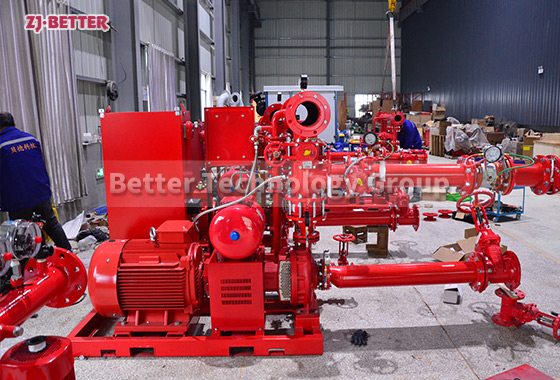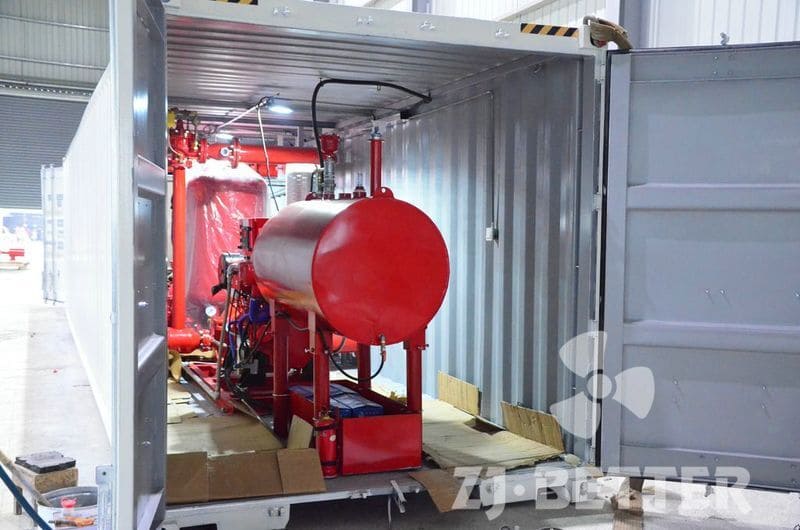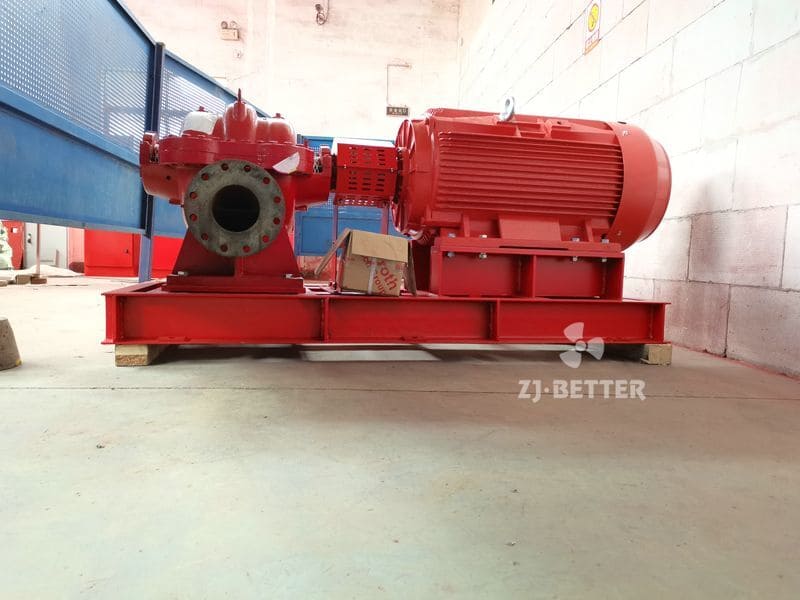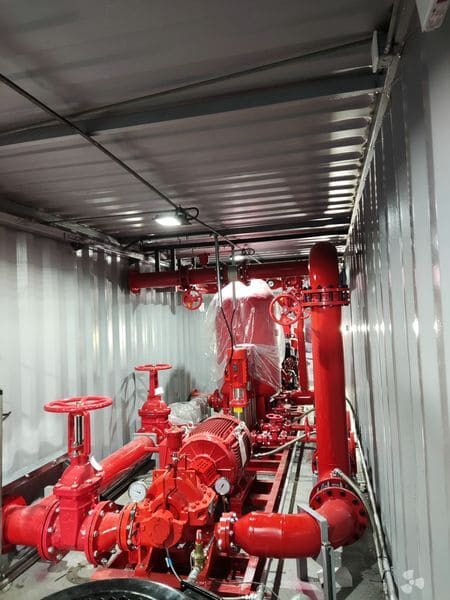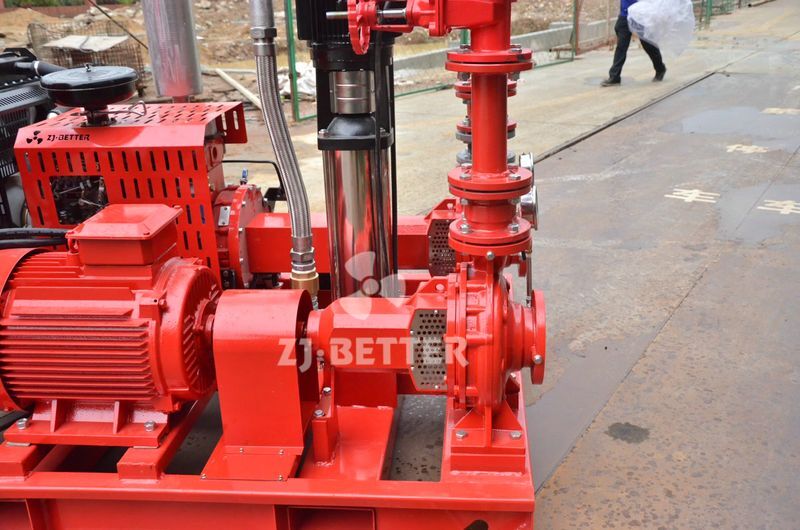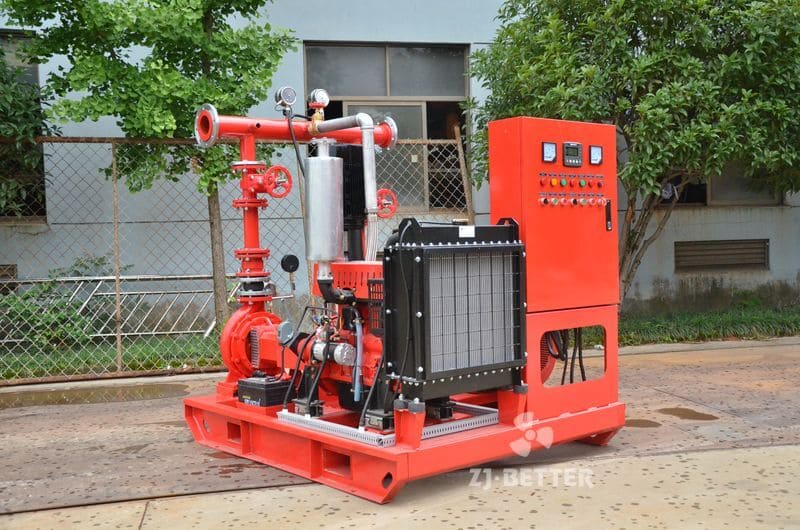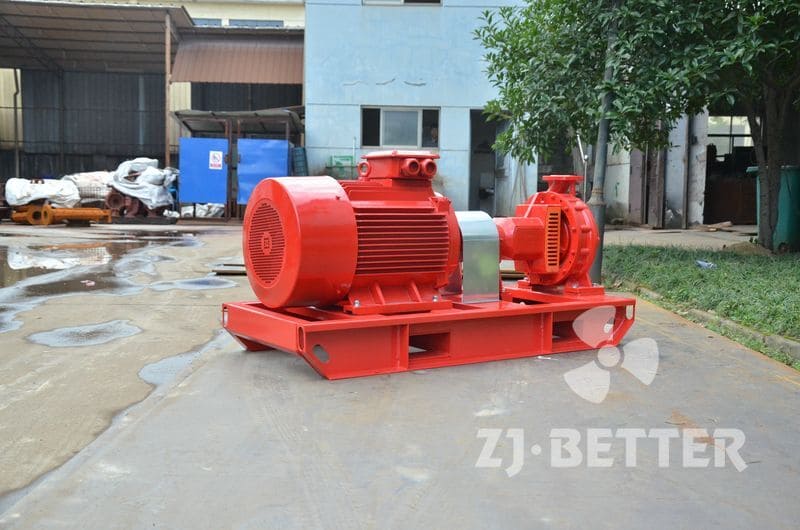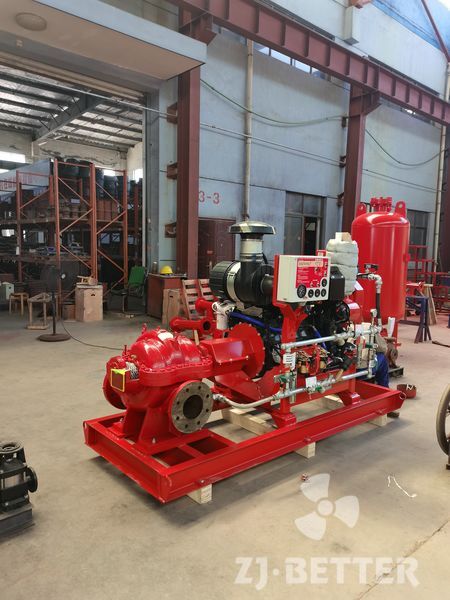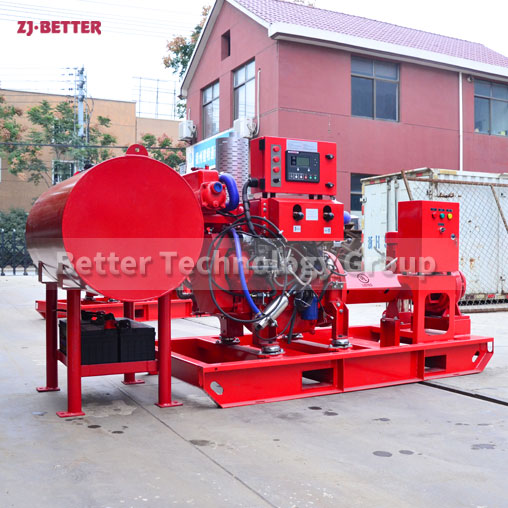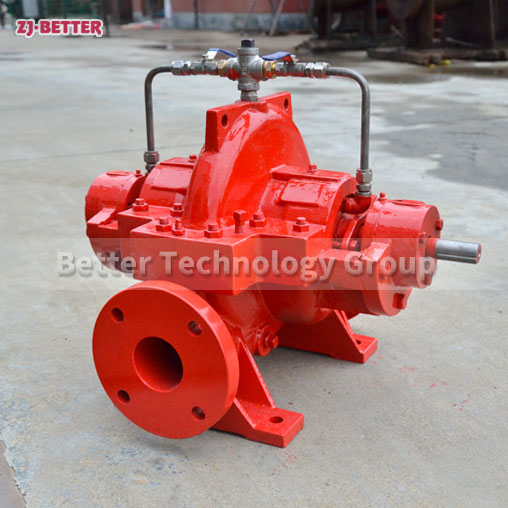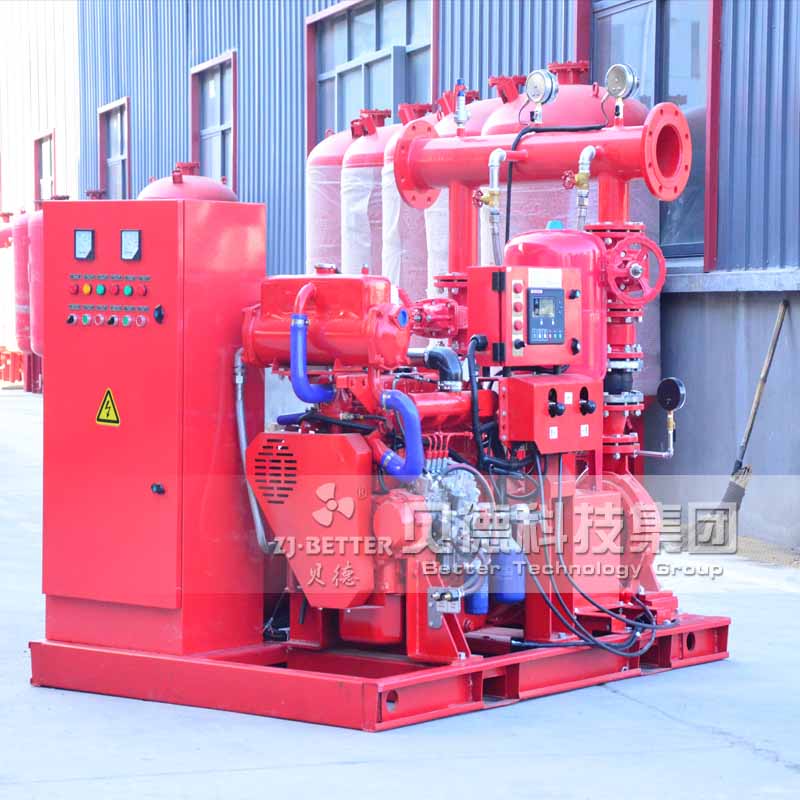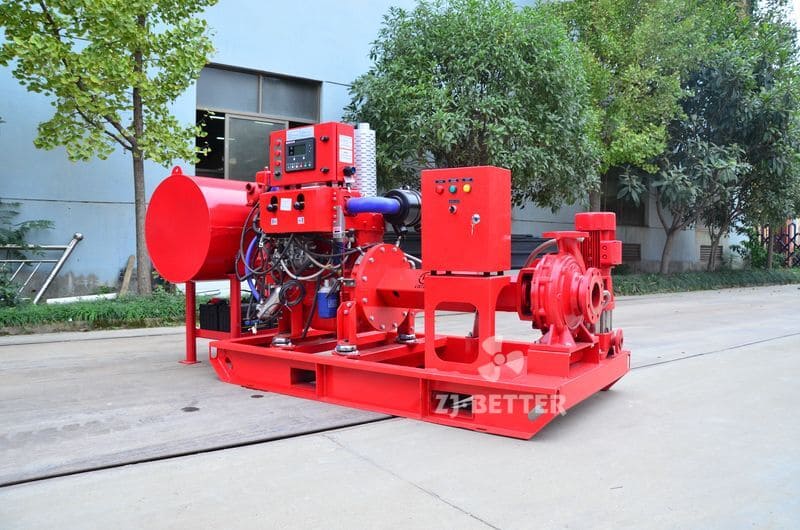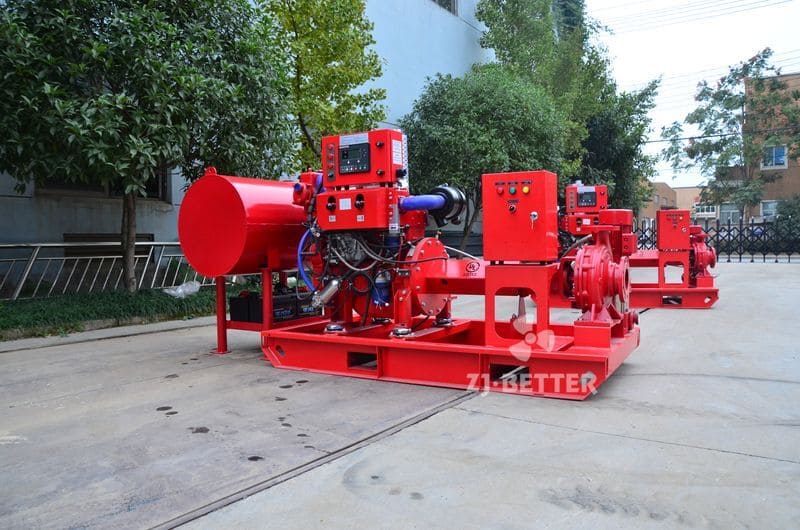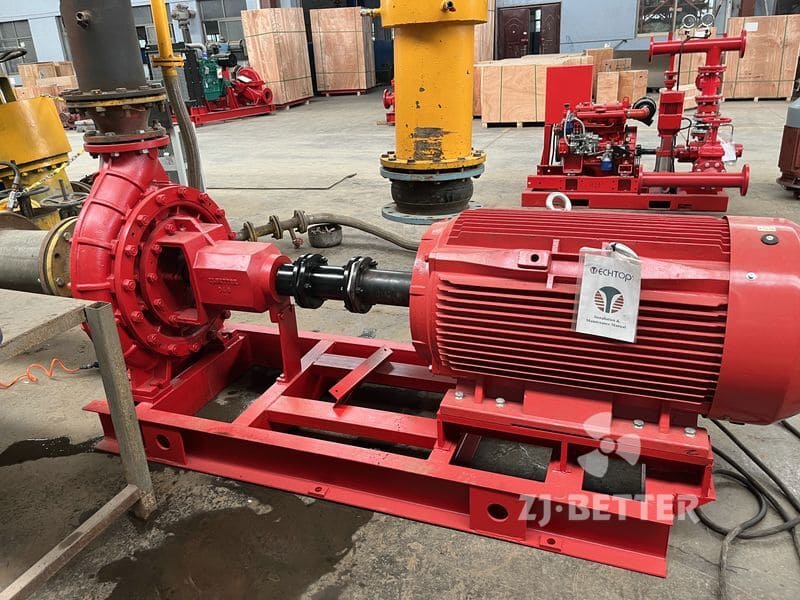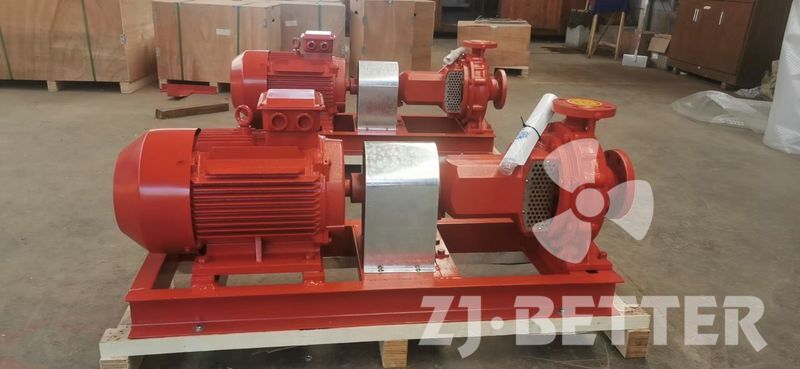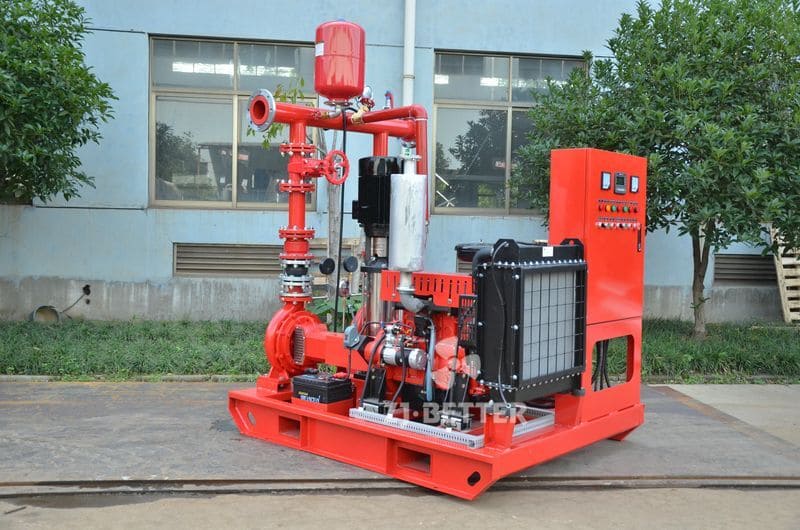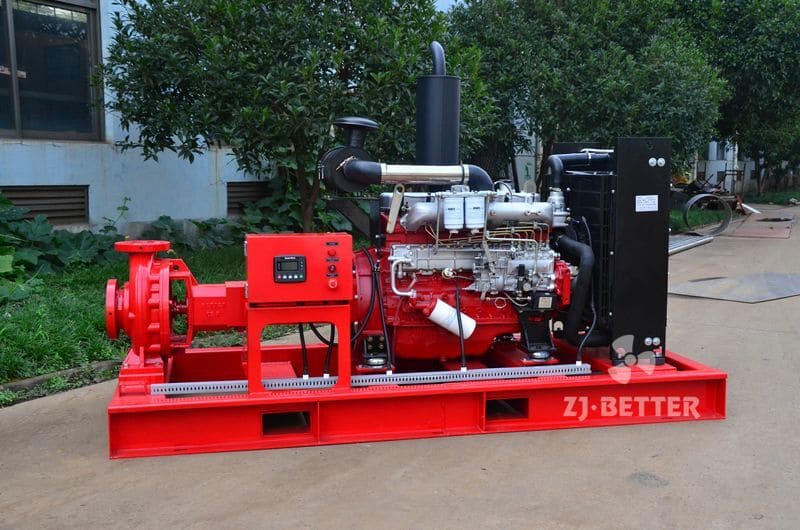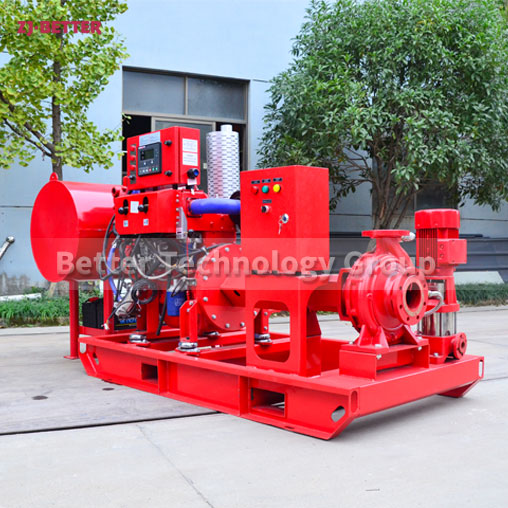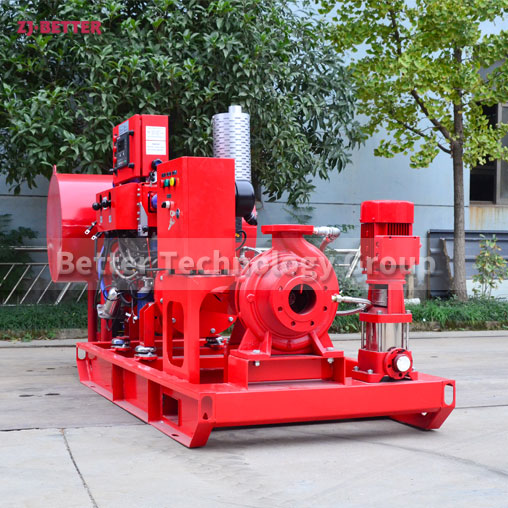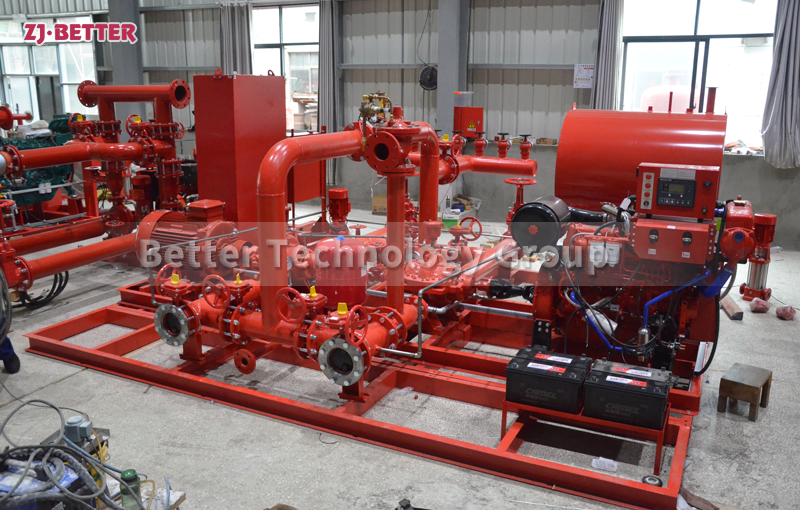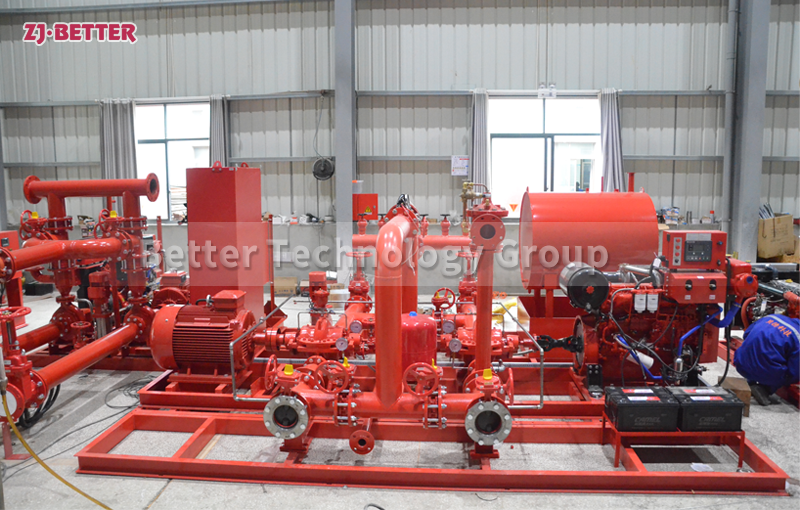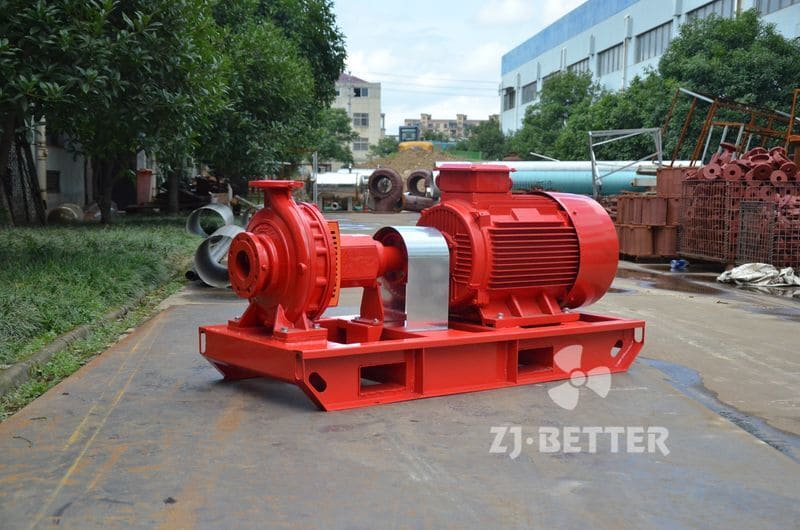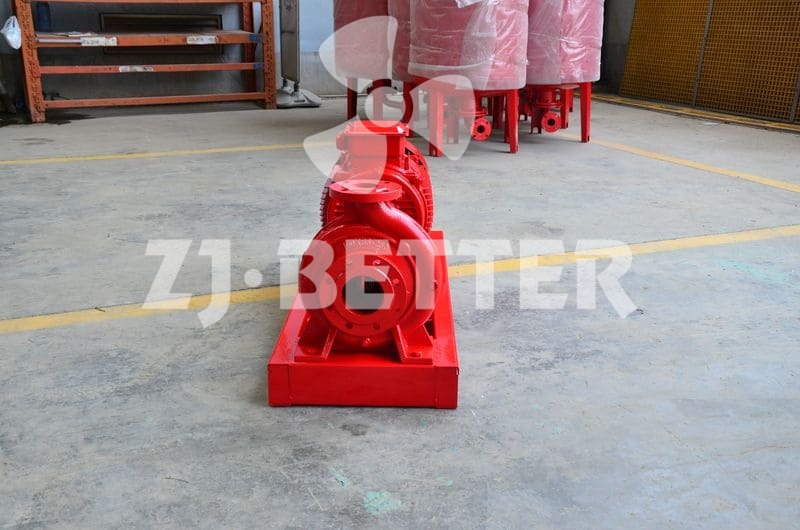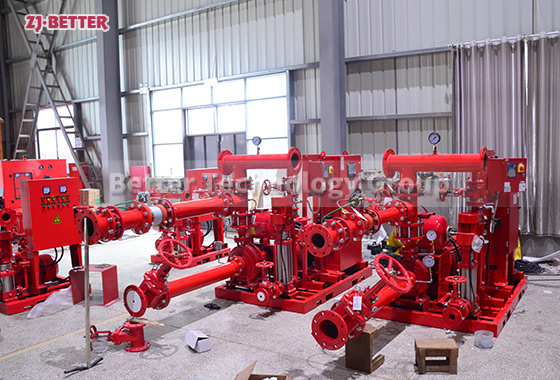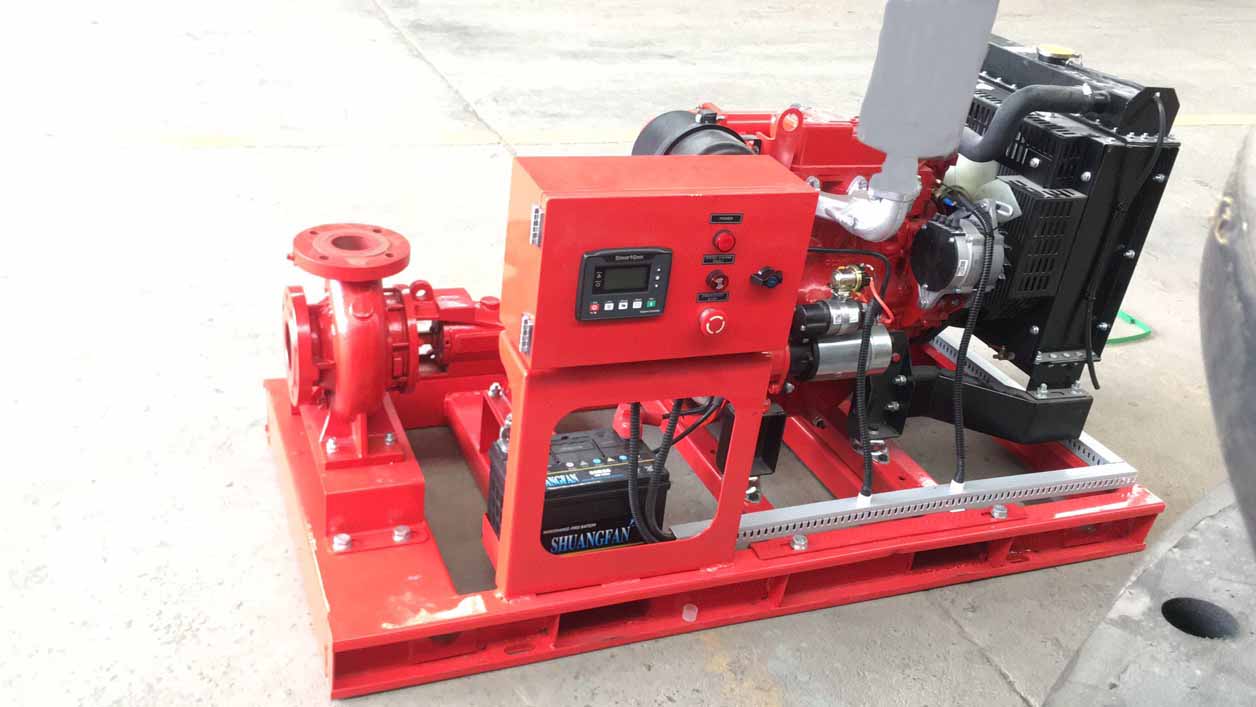Precautions for the use of electric fire pumps
Using electric fire pumps safely and efficiently is of utmost importance to ensure effective fire protection. Here are some crucial precautions for the use of electric fire pumps
Using electric fire pumps safely and efficiently is of utmost importance to ensure effective fire protection. Here are some crucial precautions for the use of electric fire pumps:
1. Qualified Personnel: Only trained and qualified personnel should operate, maintain, and repair electric fire pumps. They should be familiar with the equipment’s specifications, safety features, and emergency procedures.
2. Adhere to Manufacturer’s Guidelines: Follow the manufacturer’s instructions, recommendations, and maintenance schedules for the electric fire pump. This includes guidelines for installation, operation, maintenance, and troubleshooting.
3. Electrical Safety: Electric fire pumps operate on electricity, so electrical safety is paramount. Ensure that all electrical connections are properly insulated, and only use approved electrical components for repairs or replacements.
4. Grounding: Proper grounding of the electric fire pump system is essential to prevent electrical hazards and ensure safe operation.
5. Overload Protection: Electric fire pumps should have built-in overload protection to prevent excessive current flow during high-demand situations. This protection helps prevent motor damage and overheating.
6. Regular Maintenance: Schedule regular maintenance and inspections to identify and address potential issues proactively. This includes checking electrical connections, motors, impellers, cooling systems, and any alarm or control systems.
7. Testing and Performance Verification: Conduct periodic performance tests to verify that the electric fire pump can deliver the required flow and pressure as per design specifications. Performance testing should be done as per relevant standards, such as NFPA 20.
8. Power Supply Reliability: Ensure that the electric fire pump is connected to a reliable power source. Consider having backup power options, such as generators or Uninterruptible Power Supplies (UPS), to ensure continuous operation during power outages.
9. Water Supply: Verify that the water supply for the fire pump is adequate and reliable. Regularly inspect the intake screen for debris and ensure that the water source can meet the pump’s demand.
10. Temperature Monitoring: Install temperature sensors or thermal switches to monitor the operating temperature of the electric fire pump. This helps detect any overheating issues and triggers automatic shutdown if critical temperatures are reached.
11. Remote Monitoring: Implement remote monitoring systems, if possible, to keep track of the electric fire pump’s status and receive real-time alerts in case of any abnormalities or failures.
12. Emergency Response Plan: Develop and practice an emergency response plan that includes procedures for handling fire pump failures, alternative firefighting methods, and communication during emergencies.
13. Compliance with Regulations: Ensure that the electric fire pump installation and operation comply with all relevant fire safety codes, regulations, and standards in your region.
14. Secure Enclosure: If the electric fire pump is housed in an enclosure, ensure it is adequately secured and protected from unauthorized access and environmental elements.
By taking these precautions and maintaining the electric fire pump properly, you can ensure its reliable performance and readiness to respond effectively in the event of a fire emergency. Regular training and adherence to safety protocols are essential to protecting life and property during fire incidents.

